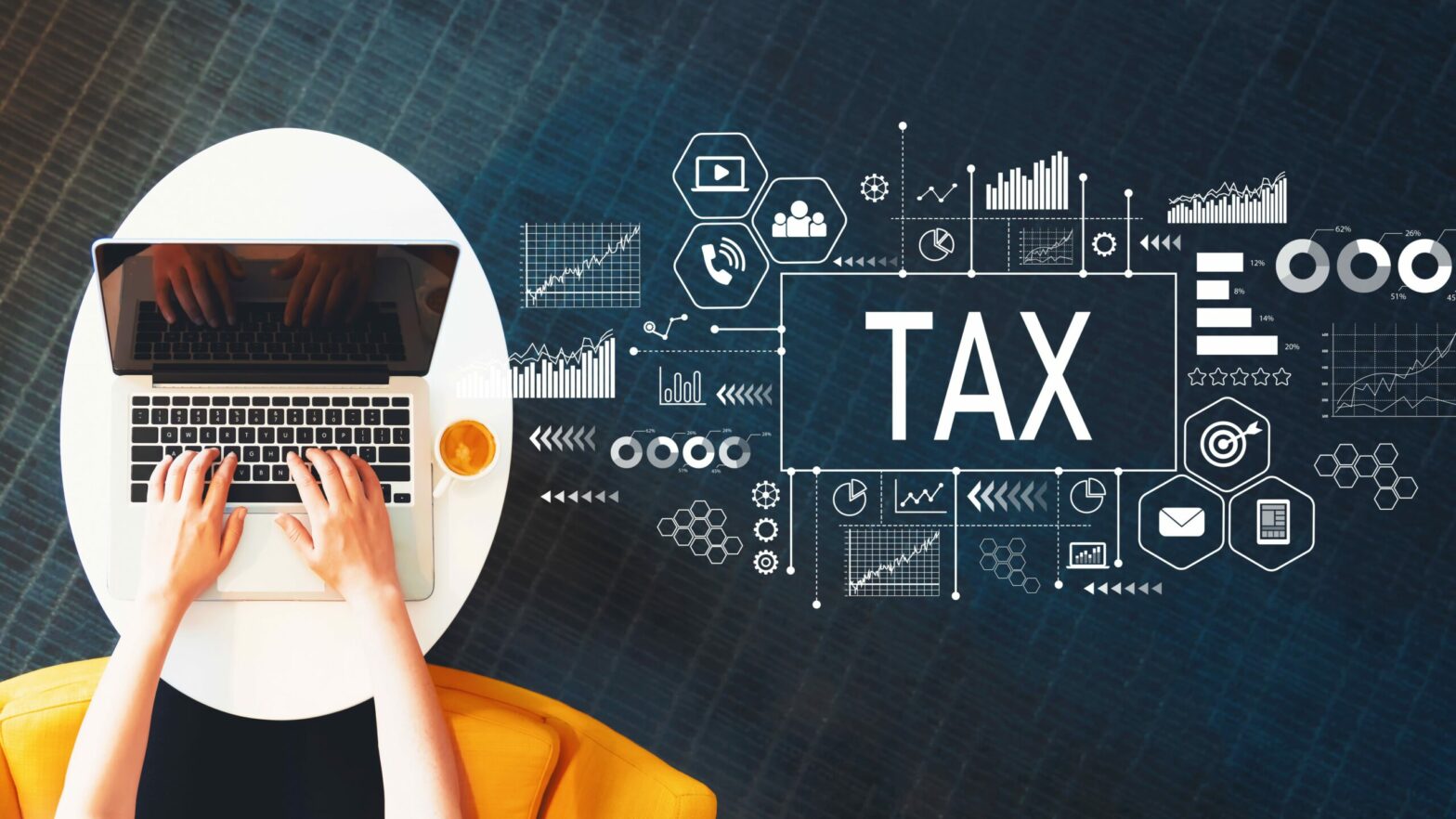If you’re a sole trader or a self-employed business owner, you might be wondering what expenses you can claim to help you reduce your Self Assessment tax bill.
Getting your head around your tax bill can be tricky for many business owners, but there’s more to it than just figuring out what you owe. You also need to figure out how much you’re owed in return as a result of your business expenses.
In this article, we’ll help you understand what expenses you might be entitled to and how you can proceed to claim them.
Here’s what this article covers:
Additional expenses you can claim while working from home
How do I track my expenses throughout the year?
Expenses you can claim
Something that tends to surprise business owners is that there is a long list of company expenses for which you can claim tax reimbursement. Claiming these expenses can save companies a great deal of money on their tax bill, but so many business owners and sole traders are unaware of what they can claim.
Here are some examples of what you might be able to claim:
- Office equipment or tools— this includes laptops, desktop computers, printers, and software (used for less than two years).
- Stationary— this includes paper, pens, pencils, stamps, envelopes, printer ink, and cartridges.
- Communications— this includes equipment used for electronic communications, like telephone and mobile handsets.
- Phone and internet—this includes your phone and internet bills. However, if your phone and internet are used for personal and business use, you need to divide the costs reasonably to determine how much tax you can claim back.
- Professional and financial services— this applies to any financial or professional services you outsource pertaining to your business, such as advice from accountants or lawyers. You can also claim costs if you hire surveyors or architects for your business.
- Business bank account charges— if you have a business bank account, you can claim on bank, overdraft, and credit card charges, as well as interest on business loans.
- Pension contributions— while pension contributions are not a business expense, they are eligible for tax relief if you do make contributions.
- Travel— this applies to travel and accommodation booked for the primary reason of business and does not apply to personal trips.
- Staff and employee costs— this includes staff salaries, benefits, pensions, and bonuses, as well as agency fees and employer National Insurance contributions.
- Car and vehicle costs— those who use their vehicle for business can claim money on gas, insurance, repairs, and a mileage allowance. You can also claim parking and hire charges.
- Food and clothing— claims regarding food and clothing can include uniforms you require for work, entertainment costumes where necessary, laundry fees if used to clean special or protective clothing, and food purchased while on business.
- Marketing and advertising— this can include hosting and maintaining your website, as well as membership fees for subscriptions to professional journals or trade organisations.
- Materials— you can claim tax back on items you resell, raw materials used to create your goods, and the direct costs associated with producing goods.

Additional expenses you can claim while working from home
If you run your business from your home, there are some additional expenses you can. These include:
- Heating bills
- Electricity bills
- Council tax
- Mortgage interest rates
However, you can’t claim the full amount of these costs as your home is predominantly used for personal reasons. Therefore, you need to divide the costs up to determine how much you are using for business reasons. One way you might divide your bills is according to how many hours per day you are working from home and how many rooms in your home you use for business reasons.
How do I track my expenses throughout the year?
To ensure you can report accurate figures on your Self-Assessment tax return, it’s important to track your expenses throughout the year.
While this is something you can take care of yourself via the means of a spreadsheet or on paper, it’s highly advisable to use dedicated accounting software or hire a professional to make sure everything is in order.
Additionally, if you’re a small business owner or sole trader making more than £50,000 per year, you’ll be legally required to produce digital copies of your expenses from April 2026 onwards due to the soon-to-be adopted Making Tax Digital mandate.
How to claim your expenses
Once you have figured out exactly what you can claim, how much you’re entitled to and added all your expenses together, you might be thinking, “Now what?”
The next step is to make your claim against your tax bill. You can do so during your Self-Assessment tax bill submission.
Once you reach the “Self-employment” section of the tax return submission process on the HMRC website, you will have the chance to fill out your income figures for the year. On the screen titled “Total Expenses for Your Company”, you will be given the chance to supply figures for various expenses such as travel and equipment. Simply supply the correct figures to submit your expenses claim.
You can either submit as one total amount or provide a detailed breakdown.
Final thoughts
Understanding what types of expenses you’re entitled to and how much you can claim off your tax bill can be exceptionally beneficial when it comes to your cash flow. And, when you understand the ins and outs of the process, the end of the tax year doesn’t seem so stressful.
If you’re still feeling overwhelmed by the self-assessment process, hiring an accountant or investing in some effective accounting software might be worth consideration. Discover how Sage Accounting software can help you manage your self-employed finances and expenses and help make self assessment a breeze.





